8 Altcoins set to EXPLODE (HUGE NEWS)! Best Crypto to Trade & Invest?
Apr 30, 2023 AI, aiken, altcoin, altcoin daily, aptos, avalanche, best altcoins, best buys, best crypto investment, best crypto investments, best investment, Binance, bitboy, Bitcoin, bitcoin news, Cardano, coin, coin bureau, Coinbase, crash, crypto, cryptocurrency, cryptocurrency news, cryptocurrency news media online, Ethereum, Facebook, fantom, finance, hex, icp, inj, injective, Investment, mark cuban, news, prediction, price, pulsechain, radix, ripple, should i buy ethereum?, stock, too late, top altcoins, XRP


8 Altcoins set to EXPLODE (HUGE NEWS)! Best Crypto to Trade & Invest?
The altcoin space is about to get out of control. Here are my top 8 altcoins making huge news for accomplishing huge Milestones, pay very close attention to all eight coins in this list. If you like, crypto, give this video a like comment: what coins we should include on a list like this in the future without further Ado, Aptos is a layer 1 blockchain that uses key elements from Facebook's former blockchain DM launched in October 2022, with a mission to Redefine the web3 user experience today, Aptos is landing some of crypto's biggest strategic Partnerships.

Mastercard, the future of identity is web 3 and Aptos is partnering with MasterCard to make that future a reality with MasterCard's crypto credentials, program, and on-chain identity and verification framework, with a variety of applications in payments, remittances, ticketing, and NFTs as a master card credentials. Partner Aptos will support the infrastructure for identity security, trust, and verification tools that enable the free flow of funds between individuals and across borders.

altcoins
So this program kicks off with remittances between the United States, Latin American countries, and Caribbean countries. In addition, Aptos is partnering with the likes of Google, exciting news, Aptos and Google are back at it again this time with Google's web3 startup program. This collaboration will provide startups with the support and resources needed to develop the infrastructure Bridge platforms and Foster the future of Web 3.
The Google Cloud web3 startup program gives Web 3 startups The Tech Community and the resources they need to explore serious Innovation over reliable infrastructure, enabling the evolution of dapp's web retooling services and more at scale. Aptos is on a mission to bring Web 3 to the masses, and this program is a major step toward that goal.
For more on this Google partnership, let's hear from the co-founder of Aptos himself Aptos is a layer, one blockchain. It's been designed with evolution in mind. Allows you to support all the use cases of web3 to build applications seamlessly when we think about Aptos and how it's positioned in the market as a network. We want it to be a network that stands the test of time. Its infrastructure and infrastructure need to be reliable, it needs to be scalable and it needs to continue to evolve.
I see the Aptos and Google Cloud partnership, giving users and developers infrastructure that allows them to build easily with things like big query developers, and the ecosystem feels very confident. Google Cloud can help us go to market faster in three ways. The first is developer tooling. The second is ecosystem funding and support, and the third is continuing to support the network growth and providing continuous infrastructure and reliability.
Two industries that are really well positioned to take advantage of Web 3 and aptos's network, our gaming and social media gaming experiences continue to push the boundaries to share experiences with people in multiplayer environments across the world, and now you can share digital assets with those players.
altcoins
Gamers, don't want their experience to be disrupted. You need a network that works really well, it has fast throughput, it has extremely low latency and it has infrastructure. That's completely reliable. Google Cloud and Aptos together can provide that. What we're excited about at Aptos is to help bridge these different platforms connecting people together.
That's the original vision of the Internet. Aptos wants to remain a network that can help bring that Vision to life and we're excited to partner with Google Cloud to make that a reality. You might think you know Cardano. I do think you know this Cardano makes our list today because they have a huge development Milestone coming up, it's called Aiken, it's a new programming language. This will take Cardano's capabilities to the next level by orders of magnitude.
I don't think the broader crypto ecosystem truly understands what's about to happen to Cardano over the next few months. Cardano'S core Tech has always been great, but the major limiting factor has been the developer experience. Those shackles are now about to be completely removed, buckle up a new programming language, that's not Haskell. What's all this about to help answer your questions, let me play you a short clip from a fellow YouTuber and crypto educator. Red spark he's more technically minded.
He breaks down what this new Cardano update is all about. Give him a like give him a follow. He puts out great crypto content, Aiken called Dano the Cardinal-specific language written to make smart contract development a lot easier. Now, for those of you who aren't familiar with Akin, it's a new programming language that was developed as it became obvious that programming in Haskell wasn't quite right. The good thing about Aiken is that it takes inspiration from a lot of other well-known languages and really tries to get the best of every world into one package.
Now, if you like this person and thought Cardano's, smart contracts had to be written in Haskell. While this is a common misconception, the current Cardinal node implementation does indeed happen to be written in her school Cardona uses something called a uplc okay. This is what's actually used by Cardinal smart contracts. Haskell simply just compiles down to uplc Haskell compiles into uplc and you can have other languages compiled into uplc. Ublc does not need Haskell, okay, so that's why we're able to have a language such as Aiken?
altcoins
It's just another way of writing code in a language, and then the compiler will take that code and compile it down into uplc, and I've seen some interesting benchmarks with Akin and these other languages that are popping up whereby they actually compile down into much smaller.
A more efficient file than the official Haskell-based Plutus language, which I thought was quite interesting algorand, is an altcoin that if you subscribe to us, you certainly understand the basics of algorand. By now today, I want to highlight a travel app-oriented project building on Algorand, which shares the three reasons why they chose Al Grant to build on instead of Ethereum from Cointelegraph reporter Rachel Wolfson's podcast.
Why? You guys chose to build on top of Algorand, which is a blockchain network, which is a wonderful blockchain network instead of using something like Ethereum, for instance, mainly because of three reasons.
The first one is the performance. They do have an extremely good performance. The Sigma one is the cost we travel has a very lower Martians. We really needed a network that had really low costs. So that's another reason why we have chosen the algorithm and the third one is that algorithm is a carbon-neutral chain and especially in the travel industry, but we believe that that's extremely important avax makes our list today.
They've been firing on all cylinders for a while. Now we've been keeping you updated on a vax for a while now, yet the price of the token is still disconnected down five percent. Yet over the last 90 days, daily, active users have up Revenue up core development up, do not sleep on polygon.
If you watched our video from just the other day, you understand why a polygon is going to be such a big deal. Their Google partnership accelerates the adoption of core polygon protocols using Google's infrastructure and tools, transforming the blockchain landscape forever, again check out this video.
If you want to learn more about injective protocol, making great strides injective protocol is a decentralized exchange that offers cross-chain margin, Trading derivatives, and Forex Futures Trading. The injective protocol is built on Cosmos blockchain as a layer 2 app.
The protocol uses cross-chain Bridges which allow traders to access cryptocurrencies from other platforms such as Ethereum polka, dot, and Binance, and as I said throughout this bear Market they've been making great strides most recently in just a few days. The injective ecosystem witnessed integration with seller Network Bona Fida deployment, testnet, and smart contracts. Integration with a polka dot project asked our Network and Polka dot assets.
Protocol Talus beginning to create the first nft marketplace with injective unmatched progress, as always by the way make sure you subscribe to our channel daily videos. Just like this keeping you informed on the entire cryptocurrency Market, if you're interested in making money in cryptocurrency subscribe to our channel's daily videos, are you bullish on the altcoin Phantom? I am because a phantom crypto bank is coming. The block bite boys explain this. This has to be very exciting, for all Phantom holders is Phantom opening a crypto bank.
So I hit up Andre this morning and said: hey. Can you tell me more about this and his response to me was if you're asking whether or not Phantom has obtained a banking license and is launching a crypto-friendly Bank. The answer is yes that is happening. So here's what I was given that I can share with you is that it is a crypto-friendly bank. It's going to not really be a retail-facing bank, it's a little way out.
It's probably like a year out like hey. This is actually something that's happening. They've been building this out very quietly for quite some time, very, very intelligent move on behalf of Phantom.
I know no details behind a sort of the setup of the bank itself, but like what an interesting move on behalf of the Phantom Foundation, given all the Regulatory and banking shutdowns we've seen over the last month and a half again, I want to hear from you comment Your thoughts below, let's have a conversation in the comments section. What coin would you add or subtract to today's list?
Make sure you get your tickets to Bitcoin Miami Conference this month. May we will be there using code altcoin daily for 10 off your tickets? Our final pick in today's video is ICP internet computer protocol. Let me know if you want me to do a deeper dive into ICP crypto in the future. It is different from a lot of other blockchains.
Even Mark Cuban recognizes this Warren Buffett. Has this a great thing? First are the innovators then there are the imitators, then there are the idiots did you know Mark Cuban mentions this? One blockchain in particular is different than others. They're all there, all Forks of each other.
altcoins
There's not a lot of innovation. There yeah, you can talk about some of them. You know, maybe the ITP likes to think that they're a lot different in some ways. They are the chains, no, that there is no room for a hundred different blockchains. There is no room for 20 different, horizontal blockchains.
if you want to look at vertical applications that are specific to you know, maybe ICP and others that have specific ways of doing things that have applications that are better suited for those changes. Okay, maybe the total number will grow.
Tim Moseley




:format(jpg)/cloudfront-us-east-1.images.arcpublishing.com/coindesk/OWITMSMCYJGCBNTQKZSX3CAKLA.jpg)


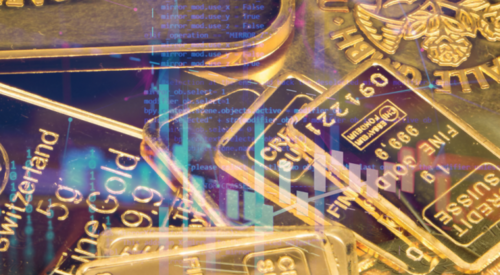
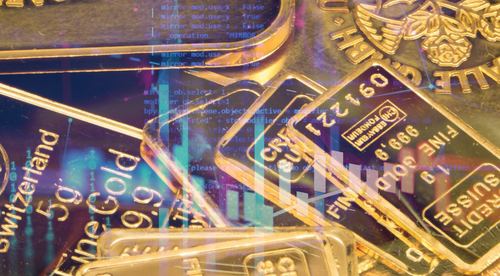




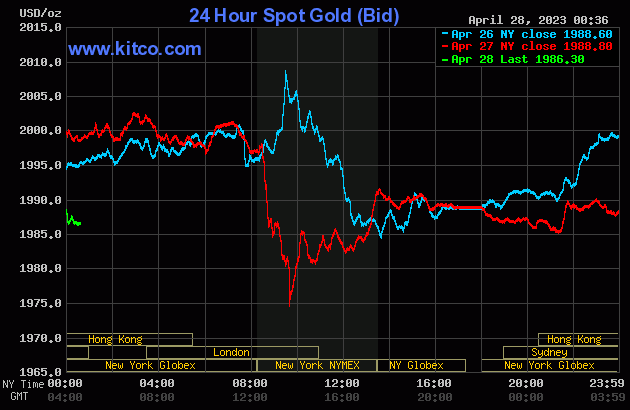
.gif) Gold consolidates but remains on a 'golden cross path' higher – NDR's Tim Hayes
Gold consolidates but remains on a 'golden cross path' higher – NDR's Tim Hayes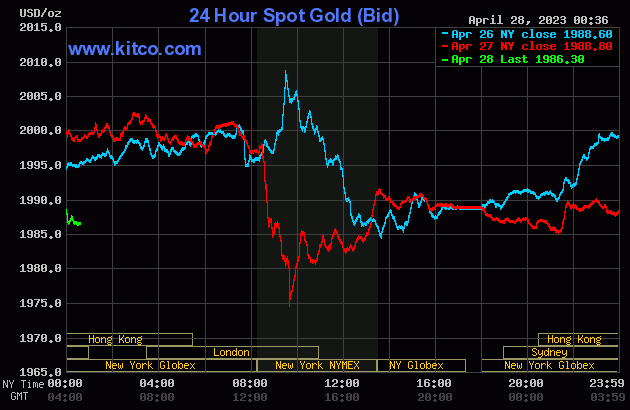
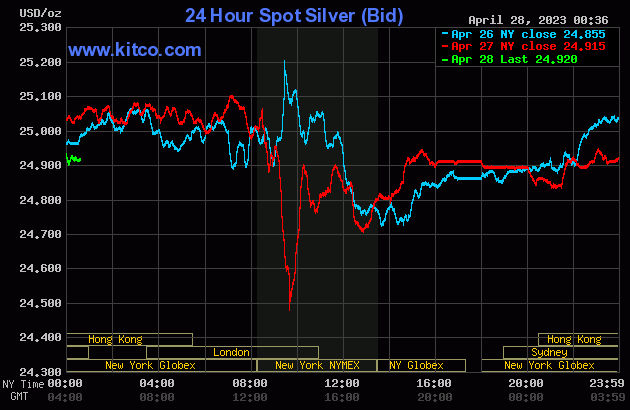 ]
]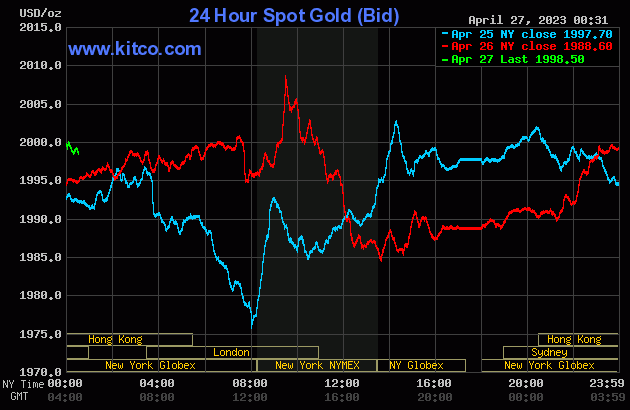
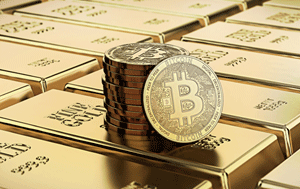 QE isn't over and will drive gold to $3,000 and Bitcoin to $100,000 in the next decade – Crossborder Capital
QE isn't over and will drive gold to $3,000 and Bitcoin to $100,000 in the next decade – Crossborder Capital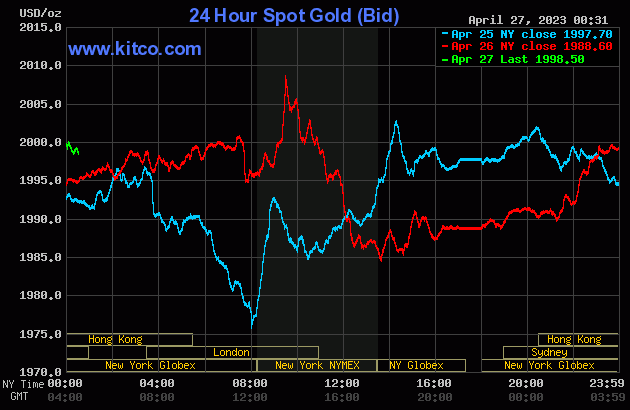
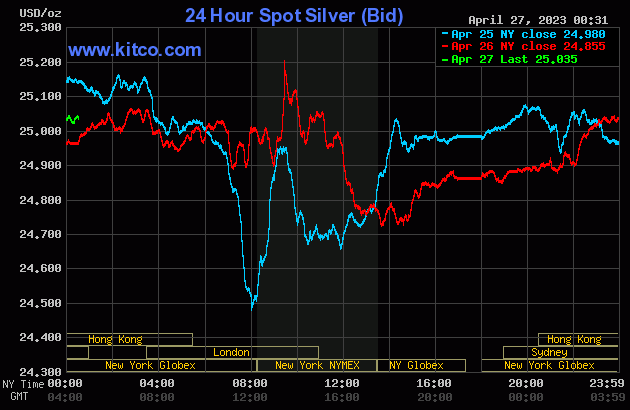




.gif) Gold remains well positioned to protect investors from further market turmoil – MarketVector's Yang
Gold remains well positioned to protect investors from further market turmoil – MarketVector's Yang
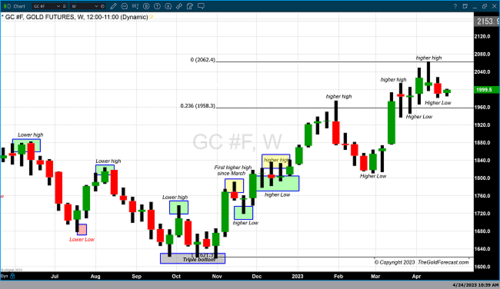


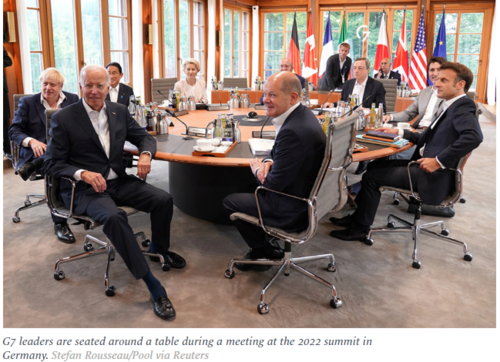
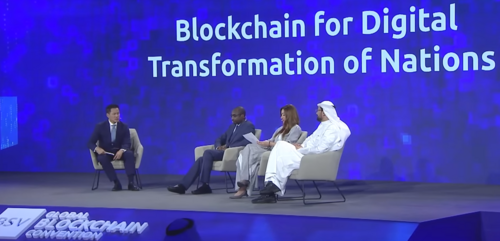

.png)
